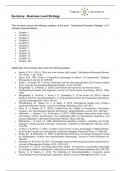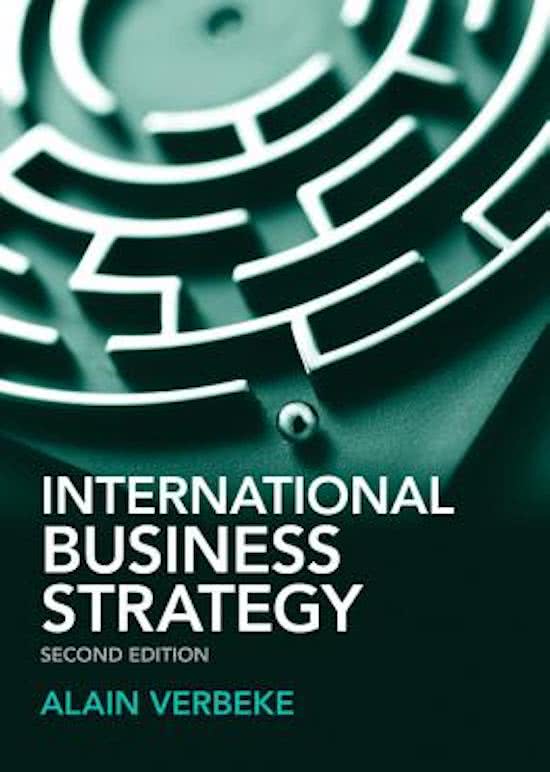Summary
Complete Course Summary - International Strategy (2023)
- Course
- Institution
- Book
This summary covers all the obligated book chapters (International Business Strategy - A. Verbeke), journal articles, lecture material and contains additional notes for the course International Strategy for the Master Strategic Management. My exam result: 8,8 / 10
[Show more]




